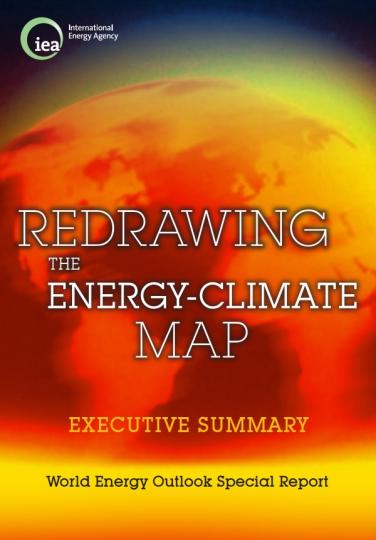Governments have decided collectively that the world needs to limit the average global temperature increase to no more than 2 °C and international negotiations are engaged to that end. Yet any resulting agreement will not emerge before 2015 and new legal obligations will not begin before 2020. Meanwhile, despite many countries taking new actions, the world is drifting further and further from the track it needs to follow. The energy sector is the single largest source of climate-changing greenhouse-gas emissions and limiting these is an essential focus of action. The World Energy Outlook has published detailed analysis of the energy contribution to climate change for many years. But, amid major international economic preoccupations, there are worrying signs that the issue of climate change has slipped down the policy agenda. This Special Report seeks to bring it right back on top by showing that the dilemma can be tackled at no net economic cost. The report:
· - Maps out the current status and expectations of global climate and energy policy – what is happening and what (more) is needed?
· - Sets out four specific measures for the energy sector that can be quickly and effectively implemented, at no net economic cost, to help keep the 2 °C target alive while international negotiations continue.
· - Indicates elements of action to achieve further reductions, after 2020.
· - Demonstrates that the energy sector, in its own interest, needs to address now the risks implicit in climate change – whether they be the physical impacts of climate change or the consequences of more drastic action later by governments as the need to curb emissions becomes imperative.
An executive summary of this document also exists in French, German, Italian, Japanese, Korean, Polish, Russian and Spanish.
Credit: International Energy Agency.




